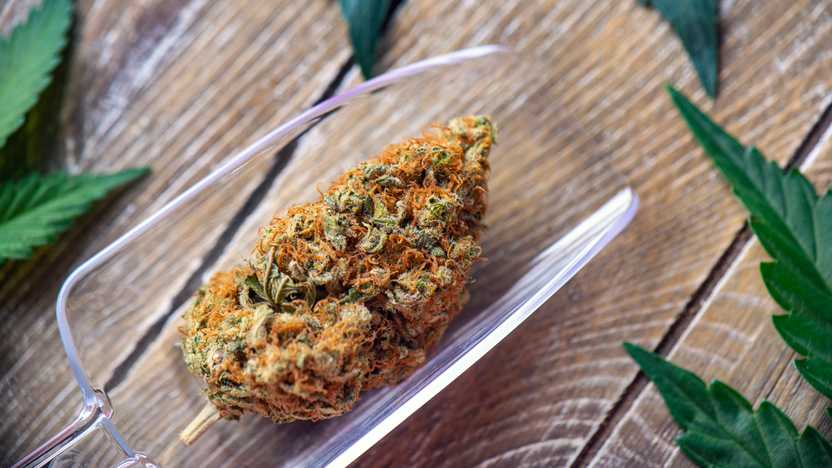Rosacea: Causes and Treatments
Rosacea may appear at any age and causes flushing and blushing over the chin, cheeks, nose, and forehead. It is classified as severe, moderate, or mild. When left untreated, the inflammation might become more permanent, telangiectasias or noticeable blood vessels will emerge, and pustules may form, leading to an acne misdiagnosis. The skin would be dry, the temperature would rise, and there might be a burning feeling. Fortunately, there are now a number of effective rosacea treatments.
What Exactly Is Rosacea?
Rosacea is a skin condition that lasts long, producing skin inflammation, especially in the “blush” parts of the face, such as the forehead, nose, cheeks, and chin, and is more frequent in persons who flush readily. Signs of this skin disorder include inflamed swelling, frequent flushing, burning, irregular redness (erythema), small cysts, papules and pustules, facial tissue thickening, particularly the nose, telangiectasia, rhinophyma (swollen, bulbous reddish nose), and swollen, inflamed eyelids.
Rosacea is often confused with rose cheeks, eczema, sunburn, skin sensitivity, or even acne. However, different from acne vulgaris, rosacea lacks blackheads, is rare in children, and is more prevalent in ladies but more serious in males. It is also less common among those who have dark skin. Rosacea often has a long duration and worsens over time if left untreated.
Rosacea Varieties
Flushing, redness, and obvious blood vessels are symptoms of erythematotelangiectatic rosacea.
Papulopustular rosacea is characterized by swelling, redness, and acne-like outbreaks.
Phymatous rosacea is characterized by swollen skin with a lumpy texture.
Ocular rosacea is characterized by irritated and reddened eyes, as well as swollen eyelids that mimic a sty.
What Causes Rosacea?
A range of triggers, including alcohol intake, spicy foods, certain medicines, smoking, and environmental changes like heavy winds, prolonged UV exposure, and heat, are suspected of causing rosacea flare-ups. Stress, worry, anxiety, or shame may all cause flushing and worsen rosacea. Other variables, including genetics, also have a role, and there’s a possibility of inheriting rosacea genes. Scientists discovered that the majority of persons with acne-like rosacea respond to a bacteria known as bacillus oleronius. The immune system overreacts as a result of this response.
Rosacea patients are also discovered to have an abundance of demodex, a mite that resides on everybody’s skin, particularly the cheeks and nose. Blush, persistent redness, and noticeable blood vessels may also be caused by anomalies in the vessels of the face. However, the cause of the blood vessel irritation is still unclear.
Rosacea Laser Therapy
Rosacea treatment in Singapore often includes laser therapy or pulsed laser treatment. This is primarily intended to target highly visible blood vessels that lead to severe flushing. Laser therapies may be used in two ways: with heat to ‘collapse’ or ‘cauterize’ the blood vessels, or without heat to erase the red spots.
These lasers may be pulsed laser and Q-switched ND:YAG lasers treatment like the Fotona Laser the Pico Laser, however multiple treatments over time are required to observe effects.
Dermabrasion
Dermabrasion doesn’t use lasers or electricity. Instead, the term dermabrasion is derived from the blend of ‘abrasion’ and’ and’dermal’ – the non-invasive removal and exfoliation of the skin’s top layer. Tiny crystals are often utilized to break up skin cells and expose the clearer skin underneath. A few rosacea individuals have very delicate skin, particularly those with the papulopustular or erythematotelangiectatic subtypes. As a result, dermabrasion is normally used to treat phymatous rosacea; nevertheless, dermabrasion, like electrosurgery, carries the danger of scarring following the operation. Dermabrasion works by sanding down the top layers of superfluous skin tissue and encouraging new, finer skin tissues to replace them.
Should I Get Rosacea Treatment?
Absolutely. Aside from the unfavorable social consequences of feeling humiliated or annoyed, the physical sensations of itching, burning, and sensitive skin may all be reasons to cure rosacea. Because of persistent inflammatory reactions of the blood vessels, untreated rosacea may worsen over time, causing the skin layer to become more reactive, thinner, and with more obvious blood vessels.



